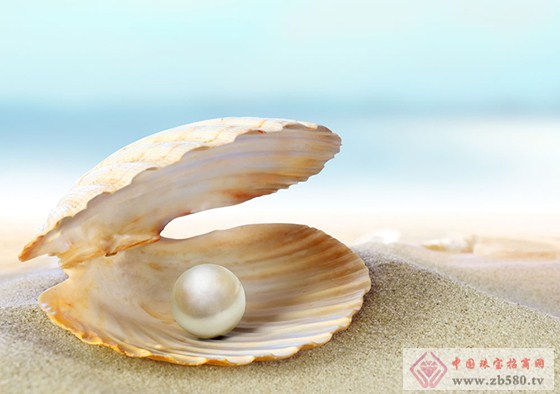
[harvest]
(1) Harvest time
Generally, it is not until the beginning of the year, that is, from November to February of the next year. Generally, the pearls are not collected during the high temperature season, because the pearls precipitate quickly and the texture is loose during the high temperature period. The surface of the pearls is often covered with a layer of white matter (the crystallization of vermiculite crystals), and the gloss is dim and the quality is not good. In the winter or low temperature conditions, the pearly secretion of pearls slows down, and the surface of the pearl is more delicate, smooth and shiny, so it is the best time to harvest pearls.
(2) Method of collecting beads
In order to ensure the quality of the pearls received, the thickness of the nacre should be sampled before the beading. According to the international jewellery convention, the pearls of various specifications of the harvested pearls have the following criteria:
Fine beads: the bead diameter is 2.6~4.9 mm, and the bead layer is 0.3 mm thick;
Beads: bead diameter 5.0~6.4 mm, bead thickness 0.5 mm;
Zhongzhu: The bead diameter is 6.5~7.9 mm, and the bead layer is 0.8 mm thick;
Large beads: the bead diameter is 8.0 mm or more, and the bead layer is 1.0 mm thick;
After the sampling inspection, if the development of the bead layer is too thin to meet the commercially required standards, the pearling period can be extended appropriately. The method of collecting the beads is arranged in the order of the inserter, and the next one is received, and so on. After taking the pearls from the sea, insert them into the shells from the opening of the ventral edge with a scallop, and cut the muscles of the occipital muscles to expose the soft parts. Gently insert them into the bead bag with tweezers or a knife, carefully remove the pearls from the bag. .
The harvest of pearls is generally expressed by the amount of pearls harvested from 10,000 Yuzhubei. In 1974, Sanbu County, Japan, the highest harvest of pearls per 10,000 pearls, 13 kg, a pearl farm in Zhanjiang, China, 1970 ~ In 1978, the highest amount of pearls per 10,000 Yuzhubei was 11.15 kg and the lowest was 4.85 kg. It shows that China's Hepu Pearl Mother Pearl culture has caught up with or is close to the level of advanced countries in the world of cultured pearl production.
[Processing and saving]
Freshly harvested pearls have seawater, body fluids and dirt on the surface. If they are left for too long, the colloidal calcium carbonate and organic matter on the surface of the pearl will condense. The pearls will become dark and oxidized and deteriorate, which will affect the quality.
It should be processed in time after harvesting.
(1) general washing
The harvested pearls are soaked in light water in time, then washed with soap and fresh water and dried. In order to thoroughly wash off the remaining mucus and dirt of the bead attachments, the harvested pearls can be soaked in water for 5 to 10 minutes, then mixed with pearls (the ratio is 2:1), and then rubbed with water. Lightly soap and water rinse several times, and finally use a towel or flannel to light, cool and store.
(2) Drug washing: 1 poor pearl can be washed with 0.15%~0.2% of dodecyl sulfate, then washed with water, dried and stored. 2 The surface of the dull or stained pearl can be washed with 3% hydrogen peroxide, then washed with water and dried.
The medicinal pearls should not be treated with a chemical agent after harvesting, and only washed with water and salt water.
All processed, dried pearls should be placed in a clean and clean cloth bag, sealed and placed in a cabinet, and should not be placed in a place with tidal temperature.
Jacquard Stripe Short Sleeves,Yd Jacquard Stripe Short Sleeve,Embroidery Shirts,Jacquard Fabric Short Sleeves
shaoxing yuenben textiles co. Ltd , https://www.yuenben.com